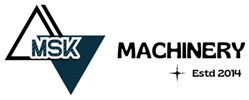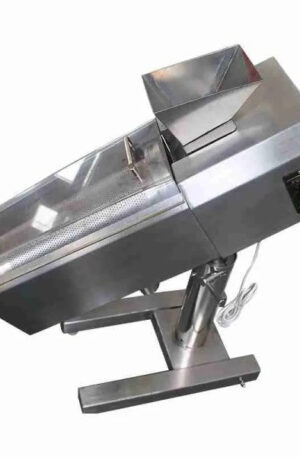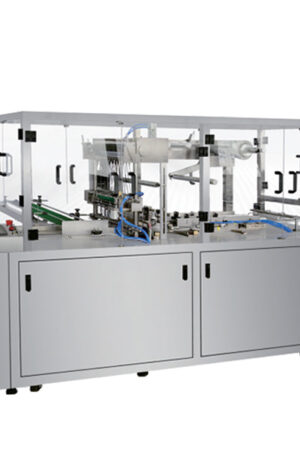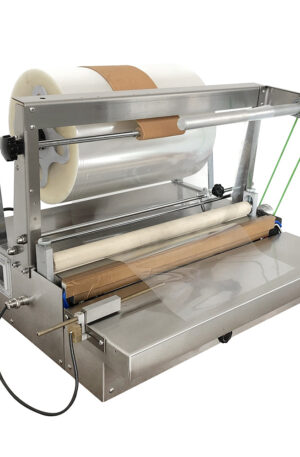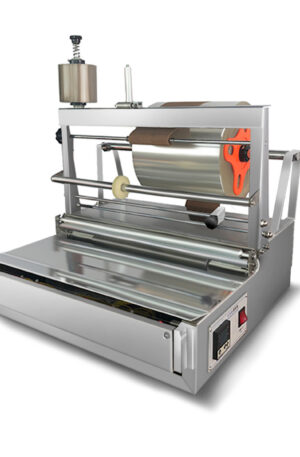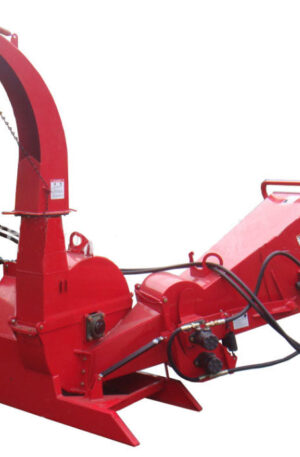Title: “Revolutionizing Pharmaceutical Production with Advanced Pharmaceutical Machinery”
Pharmaceutical manufacturing has witnessed a significant transformation with the integration of advanced pharmaceutical machinery. Among the key components revolutionizing the industry are the table press machines, capsule filling machines, TDP (Tablet Compression Machine), and THDP (Tablet Deduster Machine). These cutting-edge machines are playing a crucial role in enhancing efficiency, precision, and quality in pharmaceutical production processes.
Table press machines are at the forefront of pharmaceutical production, responsible for compressing powdered ingredients into solid tablets. These machines are designed to deliver uniform tablet size, weight, and hardness, ensuring consistency in each batch of produced tablets. With the latest technological advancements, table press machines now come equipped with features such as automated tablet weight control and real-time monitoring systems to optimize the tablet compression process.
In parallel, capsule filling machines have also undergone significant advancements, allowing for the precise filling of capsules with pharmaceutical ingredients. These machines can fill a large number of capsules efficiently, reducing manual labor and minimizing the risk of contamination. Advanced capsule filling machines are capable of handling different capsule sizes and dosages, offering flexibility in pharmaceutical production.
The introduction of TDP (Tablet Compression Machine) and THDP (Tablet Deduster Machine) technologies has further revolutionized pharmaceutical manufacturing. TDP machines are known for their high-speed tablet production capabilities, enabling manufacturers to increase output while maintaining product quality. These machines are equipped with features such as adjustable compression force and tablet thickness control, ensuring the production of tablets that meet quality standards.
On the other hand, THDP machines play a critical role in tablet polishing and dedusting processes. By removing excess powder and debris from the surface of tablets, THDP machines enhance the overall appearance and quality of the final product. These machines contribute to maintaining product integrity and meeting regulatory requirements for pharmaceutical tablets.
Overall, the integration of advanced pharmaceutical machinery such as table press machines, capsule filling machines, TDP, and THDP has significantly improved the efficiency, precision, and quality of pharmaceutical production processes. These machines not only streamline manufacturing operations but also ensure compliance with regulatory standards and enhance product safety. As the industry continues to evolve, the ongoing advancements in pharmaceutical machinery will play a pivotal role in shaping the future of pharmaceutical manufacturing and global healthcare outcomes.
